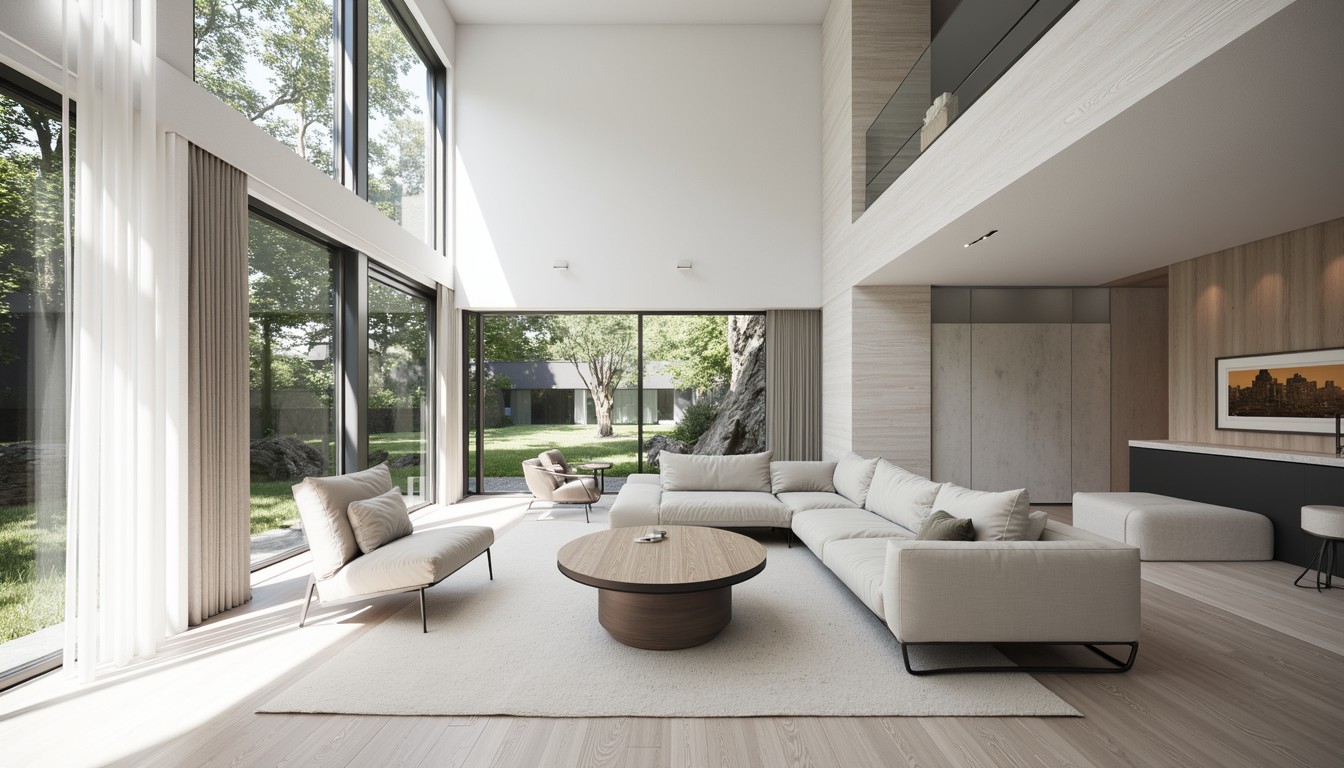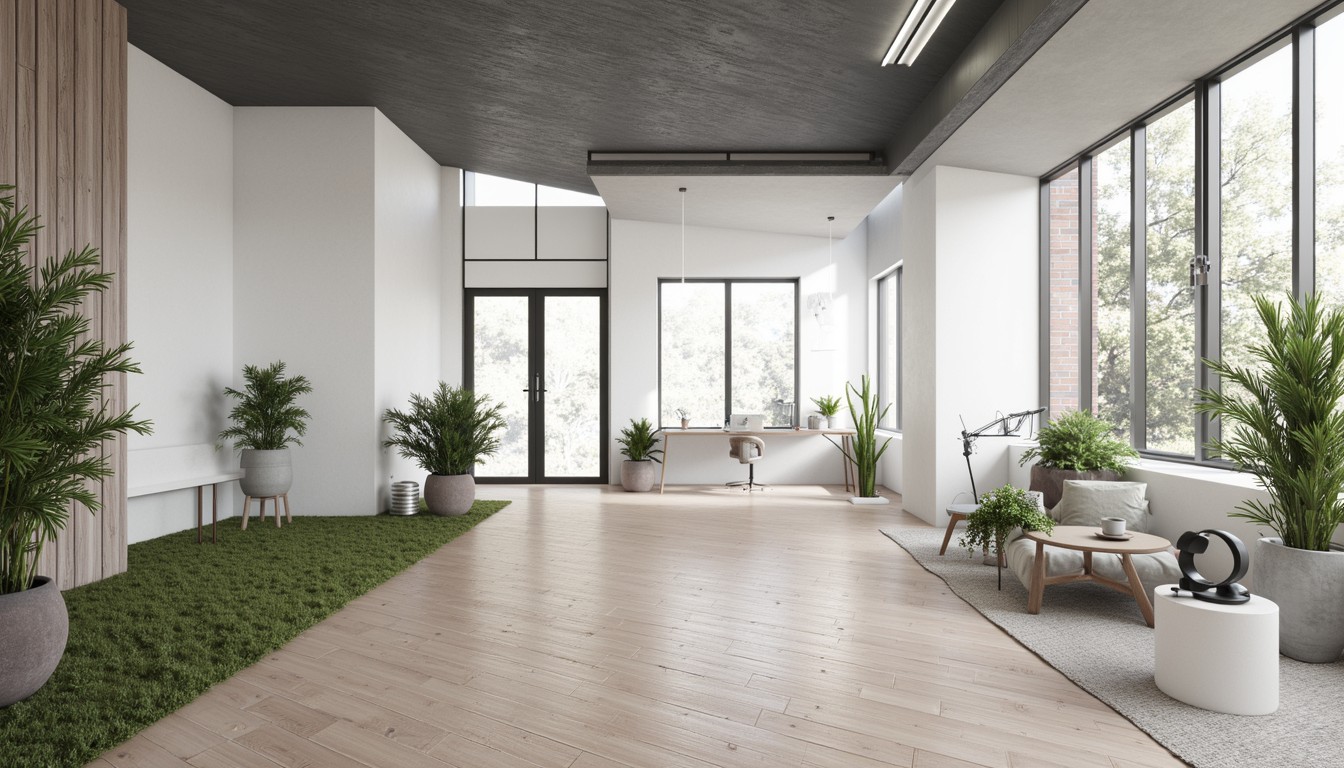AI-Powered Space Planning: A Design Revolution
The architectural landscape is undergoing a significant transformation, driven by the rapid advancement of artificial intelligence (AI). No longer a futuristic fantasy, AI is actively reshaping how architects and designers approach space planning, leading to a revolution in efficiency, creativity, and collaboration. This article delves into the exciting possibilities of AI-powered space planning, exploring its practical applications and the transformative impact it has on the industry.
The Rise of AI in Architectural Design

For years, architects have relied on traditional methods for space planning, often involving manual drafting, iterative revisions, and extensive consultations. While these methods have their merits, they can be time-consuming, prone to errors, and limited in exploring diverse design possibilities. AI is changing this paradigm by automating tedious tasks, providing data-driven insights, and unlocking unprecedented levels of creative exploration.
Key Applications of AI in Space Planning
AI's application in space planning extends across various stages of the design process. Here are some key areas where AI is making a significant impact:
1. Automated Space Allocation and Optimization:
AI algorithms can analyze building parameters, client requirements, and functional needs to automatically generate optimal space allocations. This eliminates the manual process of trial and error, significantly speeding up the design process and reducing the risk of human error. AI can also consider factors like natural light, ventilation, and accessibility to create more functional and user-friendly spaces.
2. Generative Design:
Generative design uses AI to explore a vast number of design options based on predefined parameters and constraints. This allows architects to experiment with various layouts, configurations, and material choices, leading to innovative and optimized designs that might not have been conceived through traditional methods. The AI can even consider environmental factors like energy efficiency and sustainability.
3. Predictive Modeling and Simulation:
AI can simulate the performance of a design before construction, predicting factors like occupancy levels, traffic flow, and environmental impact. This allows for proactive adjustments and optimization, minimizing potential problems and improving the overall functionality and sustainability of the building.
4. Enhanced Collaboration and Communication:
AI-powered platforms facilitate seamless collaboration between architects, engineers, contractors, and clients. These platforms allow for real-time updates, feedback sharing, and design iterations, fostering a more efficient and collaborative design process.
5. Data-Driven Design Decisions:
AI can analyze vast amounts of data related to building codes, material costs, and market trends to inform design decisions. This data-driven approach leads to more informed and cost-effective designs.
Real-World Applications and Case Studies

The applications of AI in space planning are already evident in various real-world projects. For instance, AI-powered tools are being used to design efficient hospital layouts, optimize retail store spaces for maximum customer flow, and create sustainable residential complexes. These applications demonstrate AI's ability to solve complex design challenges and deliver significant improvements in efficiency and functionality.
Challenges and Considerations
While AI offers immense potential, it's crucial to acknowledge some challenges. The initial investment in AI-powered tools can be significant. Moreover, ensuring data privacy and security is paramount. The ethical implications of AI-driven design decisions also require careful consideration. Finally, the human element remains crucial; AI should be seen as a powerful tool to augment human creativity, not replace it.
The Future of AI in Space Planning

The future of AI in space planning is bright. We can anticipate further advancements in generative design, predictive modeling, and data analysis. AI will likely play an even greater role in sustainable design, allowing architects to create buildings that minimize environmental impact and maximize energy efficiency. The integration of virtual and augmented reality (VR/AR) with AI will also create immersive design experiences, enhancing collaboration and communication.
ArchNav: Your Partner in AI-Powered Architectural Visualization
At ArchNav, we embrace the transformative power of AI in architectural visualization. We leverage cutting-edge AI technologies to deliver high-quality, realistic visualizations that help architects and designers effectively communicate their vision. Our expertise combines the precision of AI with the creative touch of human expertise, providing you with unparalleled support throughout the design process. Contact us today to learn how we can help you harness the power of AI to revolutionize your space planning.
